The origins of winemaking are to be found in Georgia where, from around 4000BC, the people of the Caucasus mountains discovered that grape juices turned into wine when left buried throughout the winter in a shallow pit. The huge clay vessels they built, kvevris (now UNESCO protected), sealed the grapes in and left them to ferment at ground temperature in an act of natural winemaking that many are now seeking to recreate.
“The description I always come back to is: “nothing added, nothing taken away.”
Unless you live in one of our many global capitals where wine lists featuring natural wine have become evermore popular, you might still be wondering what natural wine is exactly. Emily Harman, a sommelier with extensive experience in some of the world’s best restaurants who now runs her own sommelier consultancy business, Vinalupa, told us why the natural wine movement was firstly so important, and secondly why it’s also an essential act of agriculture during our Terroir Tuscany culinary retreat hosted in partnership with Castello di Potentino.
“The description I always come back to is: “nothing added, nothing taken away.” Emily told us. “It’s simple: Grapes come from organic viticulture, fermentation arises through native yeasts, no new oak is used in the barrels, no additives are mixed in, and some sulphites can be added but not in huge levels.” Before you get hung up on the issue of sulphites, Emily is quick to point out that apples have higher naturally occurring levels of sulphites than what we would permit in natural winemaking.
“Legally, there are over 60 different chemicals or additives that may be added during the winemaking process.”
Time for the obvious question: Isn’t all wine natural? The short (and only) answer is no. Legally, there are over 60 different chemicals or additives that may be added during the wine making process. These include isinglass (fish guts!), calcium chloride (de-icer!), silicon dioxide, potassium bicarbonate, calcium carbonate, copper sulfate, sulphur dioxide, nitrogen and ascorbic acid! So there you have it, industrialised wine is a long way from natural.
You’re right to be disgusted. As recently as 1986, 20 people died in Italy from drinking wine with methanol in. But what led to such a uniquely natural process going so horribly wrong?
Emily took us on a quick tour of the wine world’s tumultuous history. First came the 1855 Bordeaux Classification which ranked France’s best Bordeaux wines in the eyes of international brokers, setting the foundations of what was to become one of wine’s most religious (and rigid) texts. Shortly afterwards, in 1870, “The Great French Wine Blight” saw small aphids (phylloxera) attack vines with a velocity and alacrity that almost killed off the winemaking industry altogether. And of course, by the time everything had recovered two rounds of world wars proved equally disastrous for many of the world’s vines which were destroyed either in battle, bombing, mass movement or more.
“Sustainable viticulture and the growth of natural wine is saving soils, vines and vineyards across the globe, all previously depleted due to decades of industrial chemicals and over manipulation.”
To top it all off, in the 1970s, wine critics such as Robert Parker began to champion heavily adulterated “big” wines such as Bordeauxs, setting a new global trend for wine buying and drinking that left many producers scrambling to recreate the tastes people were going crazy for. Often ignoring their local terroir, many of these winemakers relayed on university-taught processes and schemes which allowed growers to manipulate soils and produce these bigger wines. French experts from the regions in question would often fly all over the world to teach winemakers how to grow a Bordeaux Pinot Noir in their own vineyards through chemically manipulated vines, despite a resistant local terroir.
So when did it all begin to change? Well in 1978 a French winemaker called Jules Chauvet presented his Beaujolais vintage despite it being a notoriously bad year for everyone else in the region due to rain and rot. Not only had he produced a good wine, the maverick revealed that he’d done so with organic viticulture, ripe grapes, clean work in the cellar, no additives and no sulphites. Suffice to say the winemaking community was stunned and the natural wine movement was birthed.
There are many myths about natural wines which put people off even trying them. The most common ones Emily hears are that they all have weird flavours and taste like cider; they’re all cloudy; they’re all low in alcohol; and that nothing ages well. “None of these are true” she says, laughing. “There’s a whole world of different wines out there and some might be better than others, but there’s no concrete “natural wine” look or taste or rule.”
Emily works to incorporate natural wines onto the lists of restaurants in London, Miami and Berlin, pointing at how sustainable viticulture and the growth of the industry is saving soils, vines and vineyards across the globe, all previously depleted due to decades of industrial chemicals and over manipulation.
“Natural wine has revitalised regions, broken down borders and created a community.”
And what else has the natural winemaking gifted the industry? So much! The platform is rife with experimentation producing new styles and flavours constantly. Major wineries have started to play around with their products and orange wine (a direct result of the natural wine industry - made when the skins of white grapes are left in contact with the juice) has even been spotted on supermarket shelves in recent years. These new tastes have re-engaged consumers as well, making wine more fun and resulting in renewed interest in tastings and fairs.
Most important though, as Emily points out, is the way the movement has “revitalised regions, broken down borders and created a community.” It’s an international community focused on wine as an act of agriculture, and it’s making our wine-drinking futures a lot more sustainable. Make ours a glass of orange...
Photos: Ash Naylor Photography



